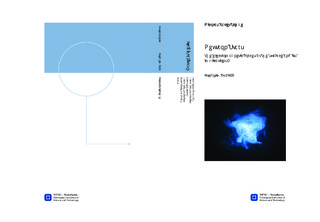| dc.contributor.advisor | Myrheim, Jan | nb_NO |
| dc.contributor.author | Sogge, Nicolas Vallet | nb_NO |
| dc.date.accessioned | 2014-12-19T13:18:23Z | |
| dc.date.available | 2014-12-19T13:18:23Z | |
| dc.date.created | 2013-08-29 | nb_NO |
| dc.date.issued | 2013 | nb_NO |
| dc.identifier | 644167 | nb_NO |
| dc.identifier | ntnudaim:6927 | nb_NO |
| dc.identifier.uri | http://hdl.handle.net/11250/246928 | |
| dc.description.abstract | A neutron star is a compact object formed in a core-collapse supernova explosion or in an accretion process of a white dwarf. Its radius is of the order of tens of kilometers and its mass on the order of one solar mass. These values indicate an extremely dense composition. The innermost matter can reach values significantly exceeding the atomic nuclei density. The gravitational energy reaches 20\% of the rest mass energy. Neutron stars also exhibit enormous angular momentum and electromagnetic fields.Such conditions are unavailable on Earth, hence neutron stars are unique laboratories to test theories of gravity in the strong field regime. Binary systems composed of neutron stars or black holes may be the source of new physics in the emission of gravitational waves. In other words, neutron stars are excellent subjects for unveiling more about the physical laws in nature.This paper will give a brief introduction to neutron stars, with the physics present in such compact objects and look at the electromagnetic field and its implication on charges. | nb_NO |
| dc.language | eng | nb_NO |
| dc.publisher | Institutt for fysikk | nb_NO |
| dc.title | Neutron Stars: The electromagnetic forces at the surface and its implications. | nb_NO |
| dc.type | Master thesis | nb_NO |
| dc.source.pagenumber | 67 | nb_NO |
| dc.contributor.department | Norges teknisk-naturvitenskapelige universitet, Fakultet for naturvitenskap og teknologi, Institutt for fysikk | nb_NO |

